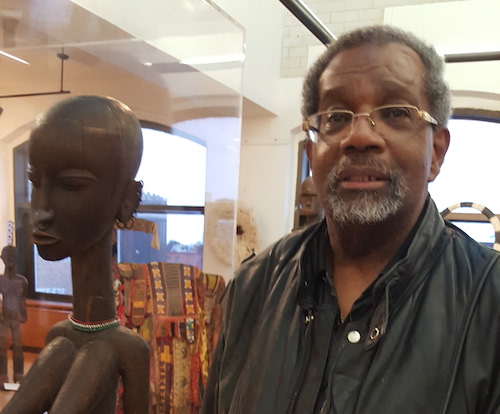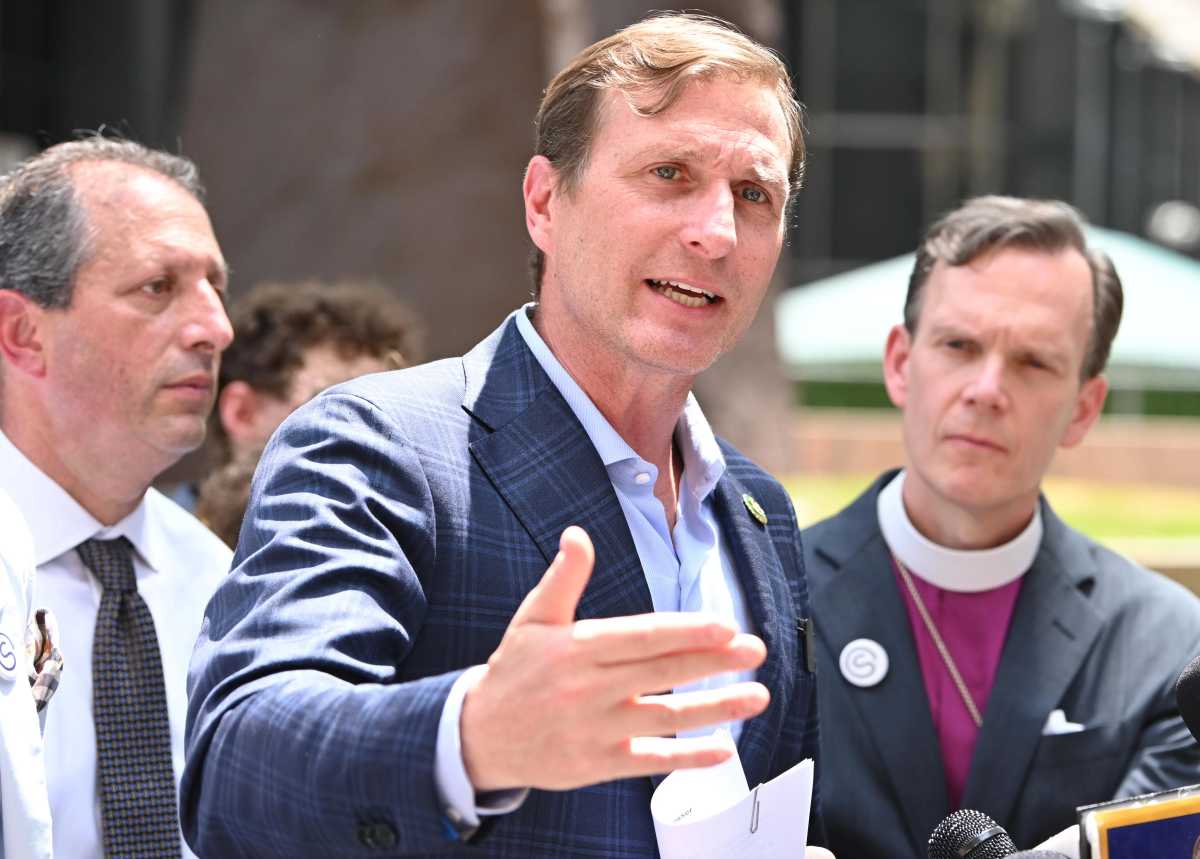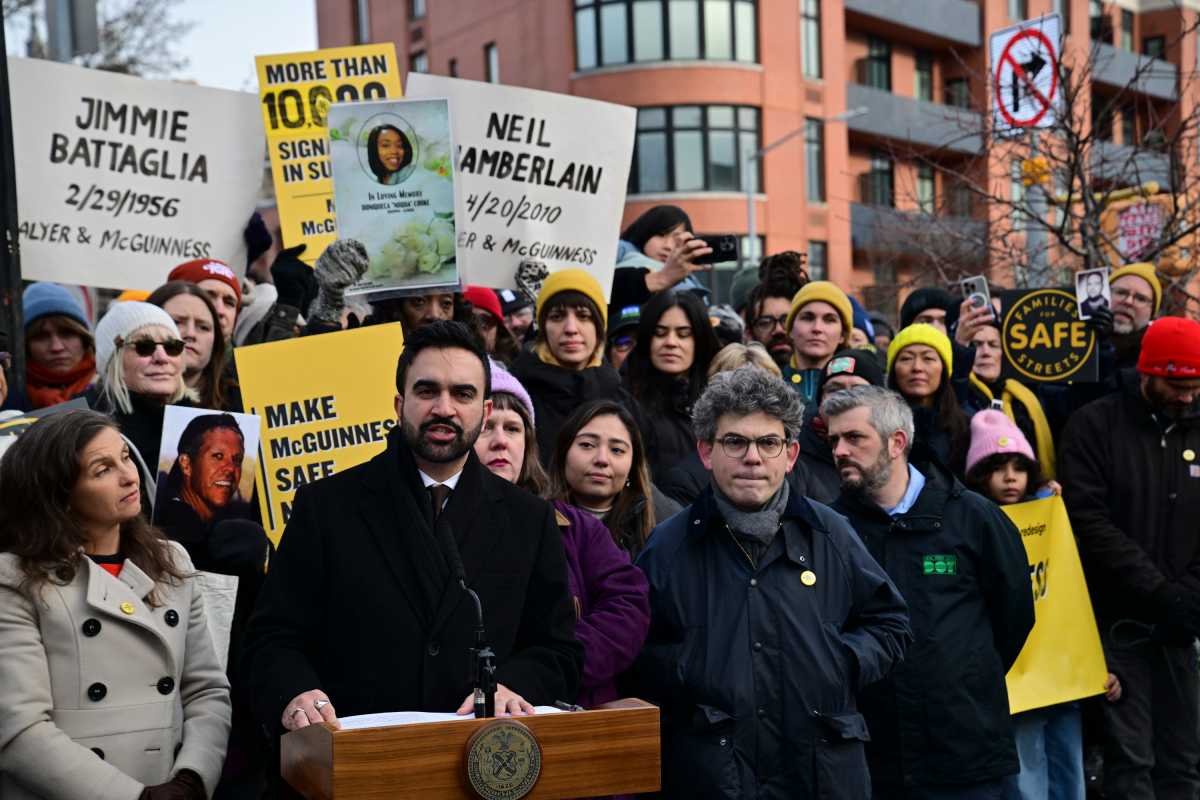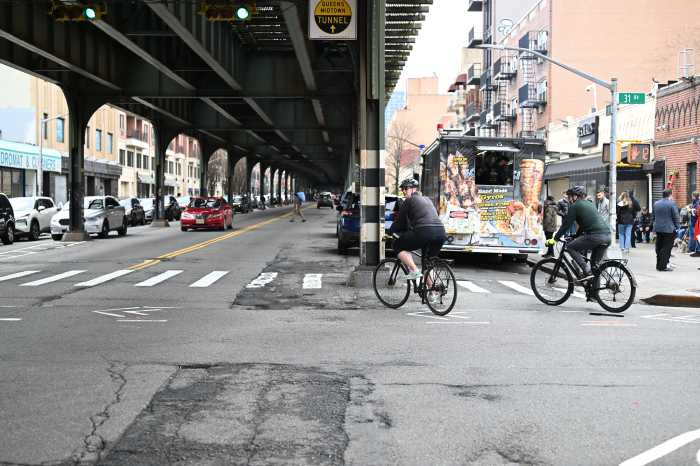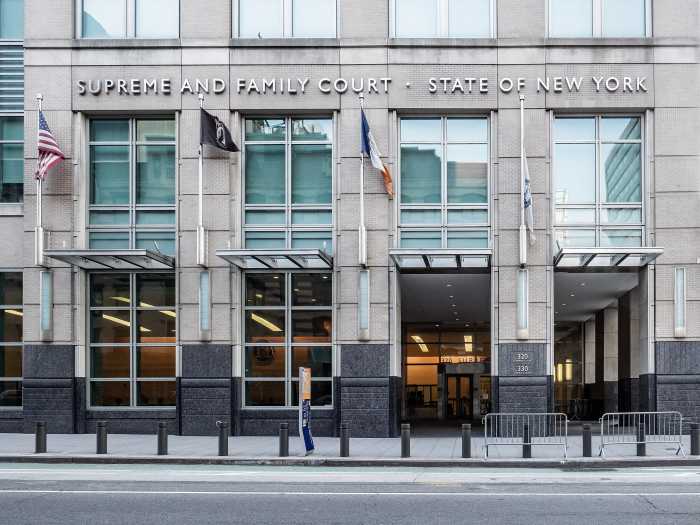While growing up in 1960s Bedford-Stuyvesant, Eric Edwards’ Barbadian immigrant Father imparted two of the most important pieces of wisdom on him and his two siblings: do well in school and know their African heritage.
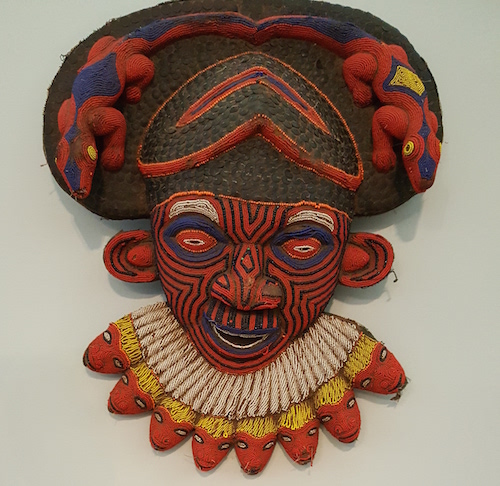
Edwards took both pieces of advice to heart. He graduated at the top of his class at Brooklyn Tech and City College and is a retired electrical engineer from AT&T. He also has collected over 2,500 African tribal artifacts, spanning 24 countries and 4,000 years – the largest collection of its kind in America.
80 of those astounding artifacts are currently on display at the Cultural Museum of African Art’s “Brooklyn is Africa: A Borough of Inclusion; A Continent of Invention” exhibit at Bedford Stuyvesant Restoration Plaza.
Upon entering the Gallery, one can feel Edwards’s passion to preserve history and educate others. Even though the pieces are seen as art, they are not for decorative purposes, but represent the values and customs of the different ethnic groups throughout Africa. Exhibit items include the Ekoi E Jagham Headress Shrine from late 19th century Yoruban, Nigeria and the Tikar Mask, from early 20th century Cameroon.
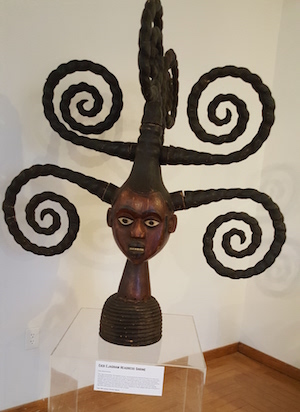
Edwards began collecting African artifacts in 1971 through travels to Africa, auctions, gallery purchases and acquisitions from other private collectors.
Among his favorite pieces is the Dogon woman of the early 20th century, which he so admired for its flawless craftsmanship that when he first saw it at a fellow collector’s home in South Brooklyn, he immediately asked to buy it. The collector said no.
Years later the same collector called Edwards during a blizzard, ready to sell the piece. Without asking the price, Edwards immediately took his checkbook, got in his car, and drove in near white out conditions to pick up the piece.
Among the breathtaking artifacts is a 4,000 year old granite sculpture of a woman’s head, whose tight-knit braided hairstyle is similar to many hairstyles worn today. This woman would not be out of place walking down Fulton Street in Bed-Stuy’s vibrant commercial district, Edwards noted.
“The story of Eric Edward’s collection is, in many ways, the story of Restoration,” said Dr. Indira Etwaroo, Restoration’s executive director of the Center for Arts and Culture. “This is a man who has devoted his life to cherishing and preserving that which symbolizes the most precious, beautiful and human aspects of who we are as a people and presents that to the world.”
The exhibit highlights African art as integral to African life. The universal ethos of African art positions art as a fundamental part of culture: from tools to utensils to dress to musical instruments. VIewing the artifacts up close is a breathtaking and moving experience, and highly recommended for anybody who admires African culture, art and artifacts.
The Brooklyn is Africa: A Borough of Inclusion; A Continent of Invention exhibit is running from 1-6 p.m., Tuesday thru Saturday until April 28 at Restoration Plaza’s Skylight Gallery, 1368 Fulton Street in Bedford-Stuyvesant. For more information log onto http://www.cmaaeec.com/


